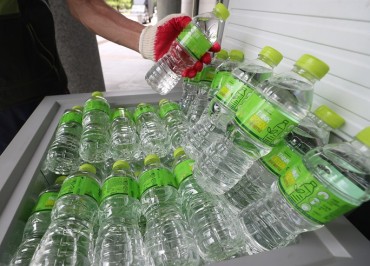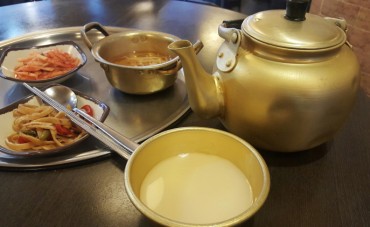
The unease over the possibility of hazardous substances being contained in the adhesives of sanitary pads has prompted experts to speak out on the difficulty of ascertaining the toxicity of such substances. (Image: Yonhap)
SEOUL, Sept. 7 (Korea Bizwire) — The unease over the possibility of hazardous substances being contained in the adhesives of sanitary pads has prompted experts to speak out on the difficulty of ascertaining the toxicity of such substances.
One chemistry professor, who spoke on the condition of anonymity, pointed out that at the core, all chemical substances are toxic. Regarding the process of testing the toxicity of volatile organic compounds believed to be detected in sanitary pads, the professor replied, “The process of figuring out the toxicity of the chemical substances found in sanitary pads cannot be expedited by societal pressure and urging.”
Adding that situational environments play a large role in deciding the danger of such substances, the professor pointed out that “industrial ethanol is cleaner than alcohol meant for consumption, like germicides which turn into deadly poisons in humidifiers but are highly valuable in other settings”.
The sanitary pad scandal partly stems from the results of product testing conducted by professor Kang Min Gu of Gangwon National University, whose research revealed a certain quantity of cancer-inducing agents.
One counterpoint to the public’s concerns over the discovery is that possible cancer-inducing agents are included in the composition of innocuous substances like naturally occurring estrogen.

One counterpoint to the concerns over the discovery is that possible cancer-inducing agents are included in the composition of innocuous substances like naturally occurring estrogen. (Image: Yonhap)
In essence, it is extremely difficult to deduce whether the “hazardous” substances discovered in the pads are truly any more harmful than sunlight, another possible cancer-inducing agent.
A chemistry professor at another university corroborated the idea when prompted, insisting that the crux of the argument should not be whether the presence of the substance is bad or not, but instead should be a question of probability.
He emphasized that understanding the effect the substances in the sanitary pads will have would be difficult at present and that a lengthy research period would be required.
How to actually conduct the research is another area where there is a lot of uncertainty. Reproductive toxicity (the harmful impact on various aspects of reproduction) tests are currently undertaken by feeding lab animals with the tested substance and observing the impact on their reproductive processes.
The volatile organic compounds in the pads are in gaseous form and do their damage through bodily exposure, meaning a new method of testing must be derived.
A member of the Ministry of Food and Drug Safety’s committee tasked with overseeing the sanitary pad crisis observed that to comprehensively test toxicity levels, there would need to be animal and clinical testing, but such measures would pose methodological and ethical dilemmas.
S.B.W. (sbw266@koreabizwire.com)






